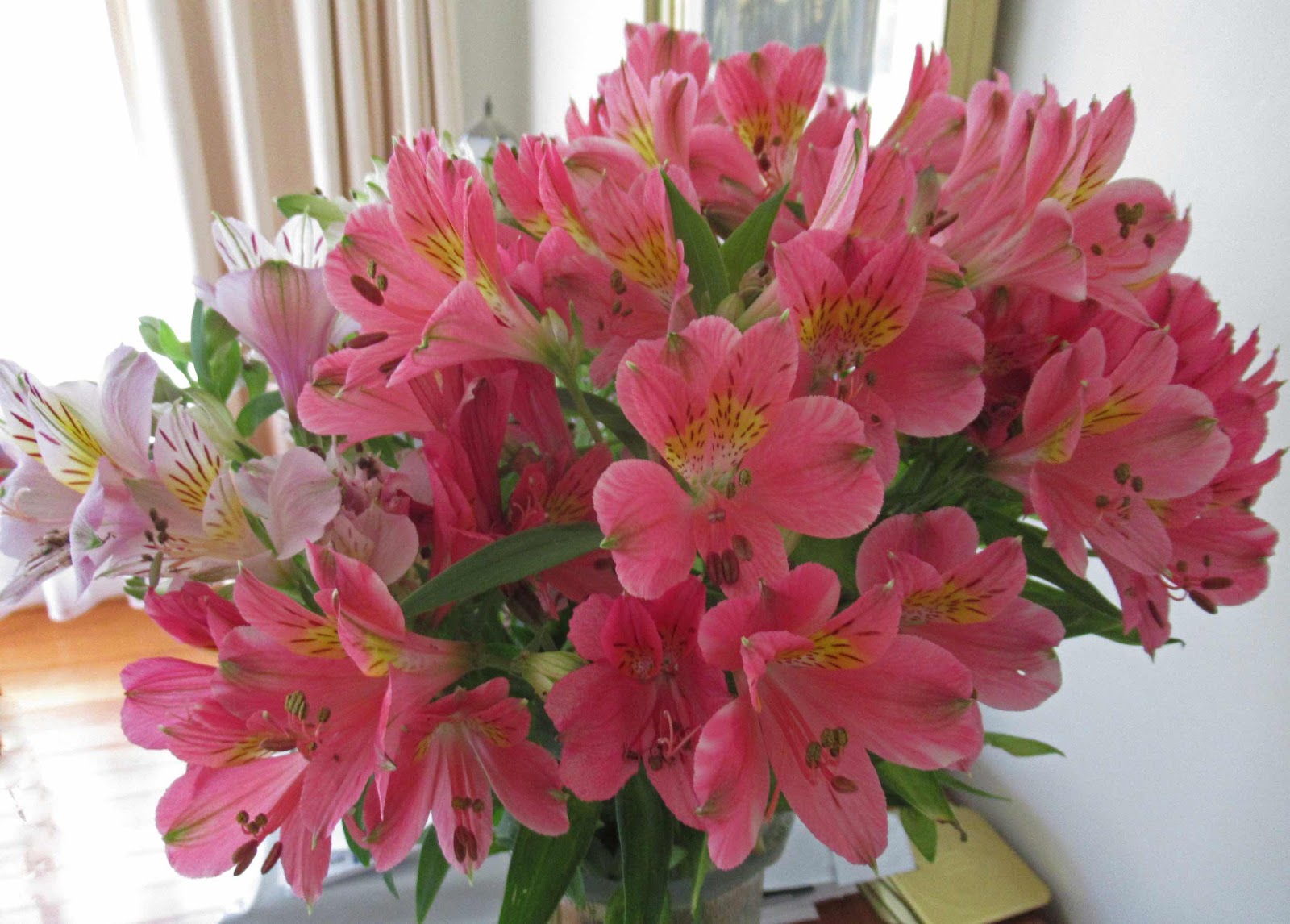Many thanks to Geoff for his insight and beautiful photos...
Alstroemeria hybrids: alstroemerias are perennial plants with fleshy rhizomes that come from a number of South America countries. The hybrids available in Australia can be either tall or quite dwarf, are easy to grow and make good cut flowers. They die down in late summer. A few species can be invasive given the right conditions. Species vary greatly in habitat, size, flower colour (near white, yellow, pink, purple) but these would need to be grown from seed from a specialist source, eg Alpine Garden Society.

Hippeastrum papilio: there are up to 90 species of hippeastrum, mainly coming from South America, but also Mexico and the Caribbean. The species papilio is endangered its natural habitat in Brazil, but it has proven easy to cultivate and will multiply by producing off-set, ground level bulbs. It is evergreen, and generally flowers in spring. There can be some variation in flower colour. Hippeastrum are generally known from the hundreds of hybrids and cultivars that have been produced.
Ixia paniculata: nearly all the 50 plus species of ixia come from the winter rainfall areas of southern Africa. They are easily grown, and can be increased when they form cormletsor by sowing seed, and usually look best when allowed to grow into decent sized clumps. Owing to their slim habit and height, they don’t make good pot plants.
Pacific Coast iris: as suggested by the name, these irisoriginally came from the west coast areas of USA. They are the result of natural or man-made crosses between a number of species, including I. douglasiana, innominata, hartwegii, tenax and munzii. They need an acid, friable and well-drained soil, wet winters and fairly dry summers. Plants do well in semi-shade. They can be tricky to divide or transplant, but the best time is when renewed root growth occurs in autumn (May for us). In the USA there is a special society devoted to all aspects of growing these iris.

Clivea (yellow hybrid): clivias come from the summer rainfall areas of South Africa, and are generally forest under-storey plants, so they do well in shade. The relatively small number of species have flowers in the colour range yellow to orange-red, though breeders have extended this range to near white and pink. They are tough plants, needing little attention, and container plants will manage even if pot-bound. Seeds will germinate readily given the right treatment, though breeders have their own methods for this. It may take seedlings 4 to 7 years to flower. There are keen clivia breeders in South Africa itself, USA, Australia and Japan. In China breeders are concentrating on leaf variations and variegations.